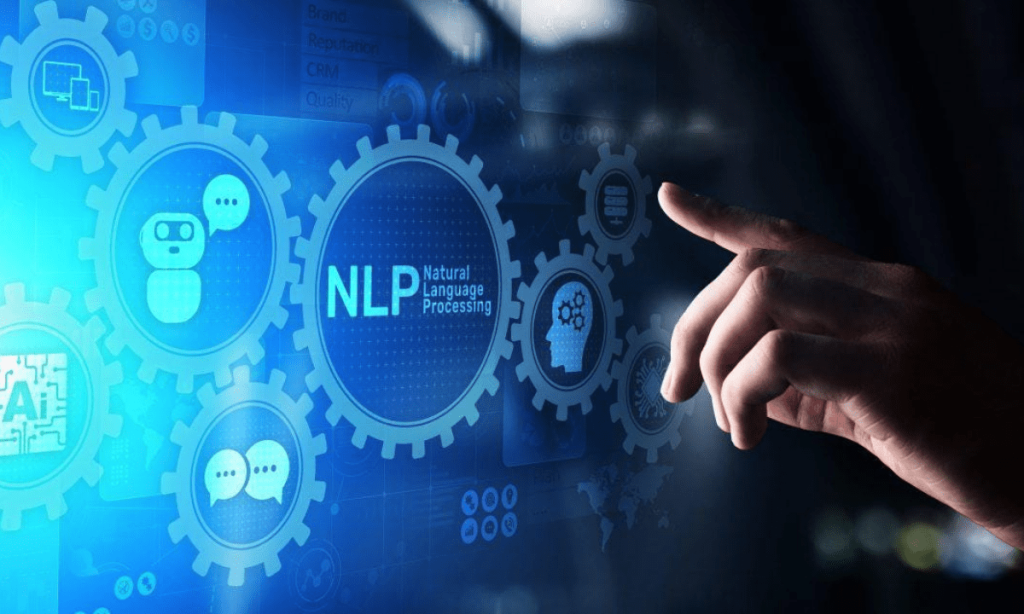
Introduction: The Future of NLP
Natural Language Processing (NLP) is a warp-speed advancement in the last ten years, far from the chatbot chum. By 2025, NLP is leading the charge to revolutionize how business, healthcare, and technology systems communicate with humans.
From understanding context to producing answers that sound like human speech, uses of NLP today are creating more intelligent systems that can understand, analyze, and answer words with unparalleled precision.
Advancements in NLP Technology
Current NLP models make use of advanced machine learning and deep learning techniques to be able to understand not only the syntax but also the sentiment and semantics of the language. Transformer models and large language models (LLMs) enabled models such as auto-summarization, multi-lingual translation, and sophisticated conversational agents.
Organizations are increasingly using NLP to manage unstructured data automatically, analyze customer reviews, and generate content automatically, streamlining operations and optimizing engagement.
NLP Applications Outside Chatbots
While chatbots are the most prevalent usage of NLP, NLP’s application extends beyond customer service. NLP emerges in social media real-time sentiment analysis, predictive healthcare, and intelligent document processing for banks and law firms.
Virtual assistants get smarter, becoming contextual, offering suggestions and insights personally, not just a plain answer. Tools powered by NLP help with content moderation, disinformation, and accessibility via speech-to-text and language translation.
Future Trends in 2025
NLP in 2025 is all about higher accuracy, moral deployment of AI, and compatibility with other AI systems. Multimodal NLP to provide text, speech, and visual input for richer understanding is being used in businesses.
Explainable AI systems and privacy-enabled NLP operations are coming into the limelight, focusing on transparency and confidence. Real-time NLP processing is also being extended to edge computing devices, allowing real-time insight without the use of the cloud infrastructure.
Conclusion: The Future of NLP
Natural Language Processing in 2025 is not so much about chatbots any longer—it’s about crafting innovative systems that can understand, process, and respond to human language across sectors.
By leveraging the prevailing NLP trends, companies will be well-placed to enhance productivity, enable improved customer experience, and gain valuable insights from the growing amount of unstructured data. As NLP develops, its ability to change will become stronger, revolutionizing the way humans and computers interact in the years to come.
